Top 10 Book Covers
Felix Arts judges some books by their covers

Shirley Tucker
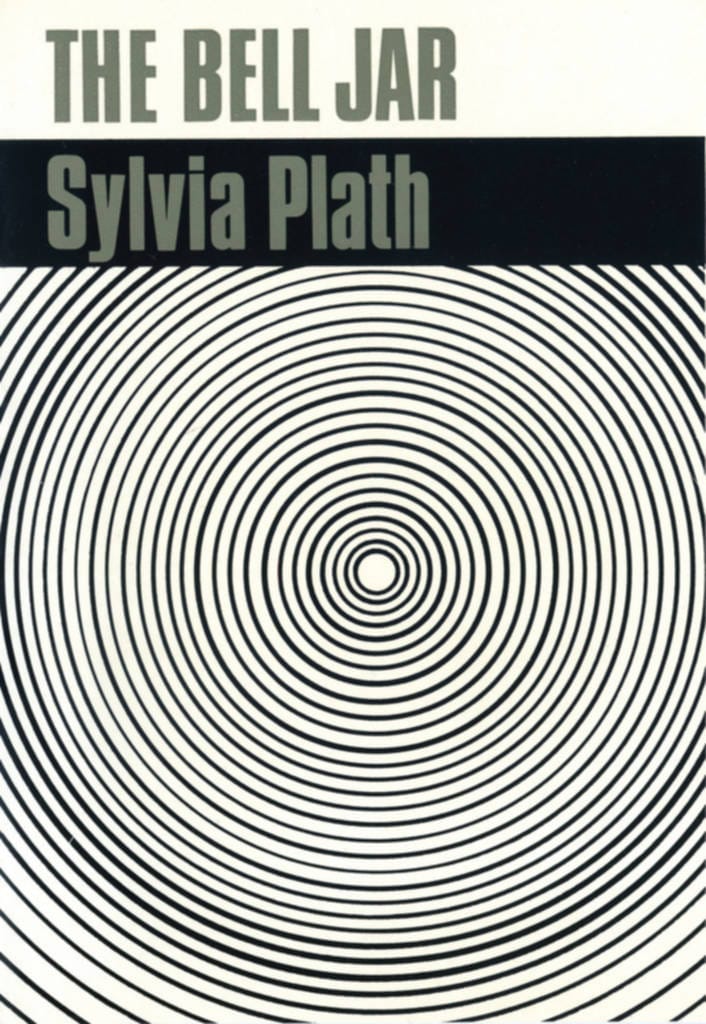
The Bell Jar by Sylvia Plath featured a cover designed in 1966 by Shirley Tucker. Sylvia Plath’s only novel, published in the UK a month before her suicide, details the protagonist Esther Greenwood’s descent into clinical depression.
The bleak outlook is perfectly encapsulated in the strikingly contemporary cover design by graphic artist Tucker. The bold, modernist text set above a graphic image of concentric circles, creates a strong visual effect. Like all great covers, it doesn’t explicitly describe the plot, but rather hints at the story contained within.
She was originally never credited with the design, a happily defunct convention. Her name now features in all modern editions.
Boris Vallejo
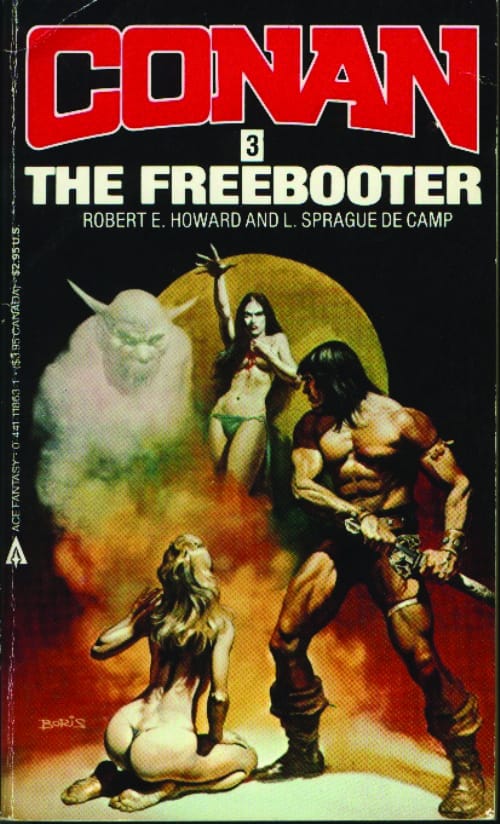
Boris Valejio is the undisputed king of hyper-representational fantasy and sci-fi art. His gleefully effusive works have graced the covers of numerous pulp fiction paperbacks, none of which you are likely to have read. Often working with his wife as muse and collaborator the pair’s execution is immaculate.
Boris’ familiarity with human form so complete he seems to effortlessly inject near fatal quantities of erotic potency into his oil paintings. His sylphine, alabaster warrior princesses and axe-wielding beef-cake barbarians may seem dated, but for pure red-blooded thrills they have never been surpassed.
Michael Mitchell
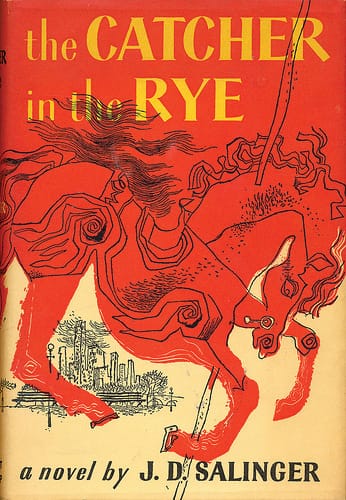
Almost as mysterious as Sainger himself E. Mishael Mitchell is hard to get a handle on. Yet the reclusive illustrator is responsible for the cover on of the most revered pieces of modern American literature, The Catcher in the Rye.
The bold design is representative of the rest of his body of work which features bold avant guard pen and ink drawings. Mitchel spent much of his career as an instructor at California Institute of the Arts. Where he built a formidable reputation with his students. Mitchell passed away in 2009 at 89, never again ascending so highin the popular imagination.
David Pelham
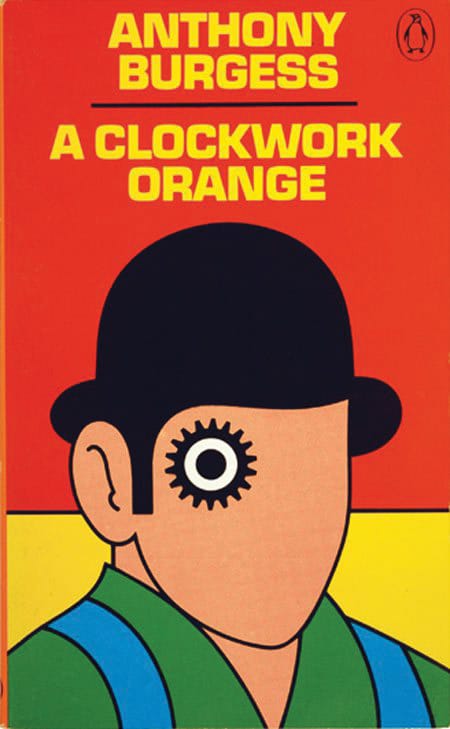
As leader of Penguin’s design team from the early 70’s David Pelham was responsible for most of Penguin book’s fiction. He did a number of brilliantly eye catching designs for J G Ballards paperbacks amongst many others.
Most famously Pelhamdesigned the iconic cover for Anthony Burgess’ A Clockwork Orange. The Cog-eyed Droog design instantly became a design classic and informed much of the subsequent imagery that surrounded the book and film.
The minimal design and sinister featureless face evokes a disturbing otherworldly sense that compliments the content of the book.
Michael Gillette
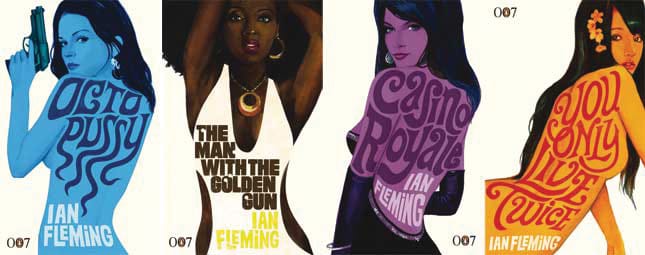
Sometimes a young or unrecognisable designer just happens to hit upon an absolute classic. Michael Gillette’s series of covers for Ian Fleming’s Bond novels was one of those times. The covers were commissioned to celebrate the centenary of Ian Fleming’s birth in 2008.
Everything is perfect from the bold lines and bright colours to the typography. The images proved extremely popular and were made available as prints and translated into a variety of languages. They feature delicate, smouldering sexy retrotastic representations of the girls in each book. “None of them are based on any one person or image, they are archetypes. I wanted a look of seductive murder about them,” he says.
Josh Kirby
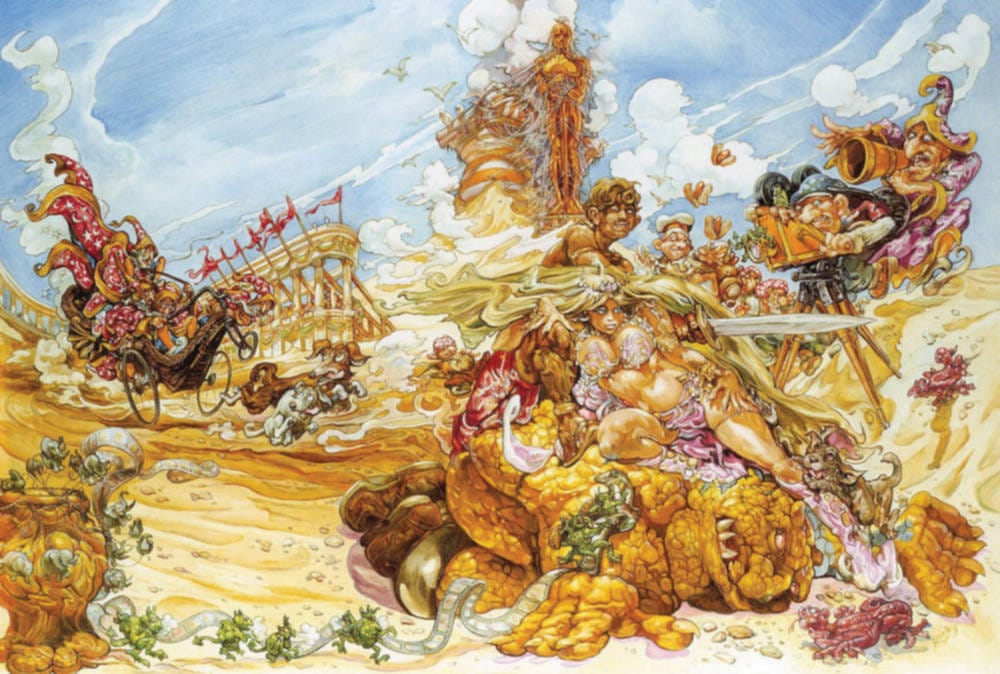
Terry Pratchett was the best selling author of the nineties. The man who put a cover on every one of his books until his death in 2001 was the otherwise relatively obscure artist Josh Kirby. His highly distinctive paintings perfectly caught the quirky, caricatured madness of Pratchett’s early Discworld novels.
Working in oils, his busy, slightly grotesque depictions of the characters in the books perfectly caught the surreal atmosphere of the strange comic-fantasies. Perhaps this is why Kirby was also chosen to design the poster art for Monty Python’s Life of Brian.
Chip Kidd
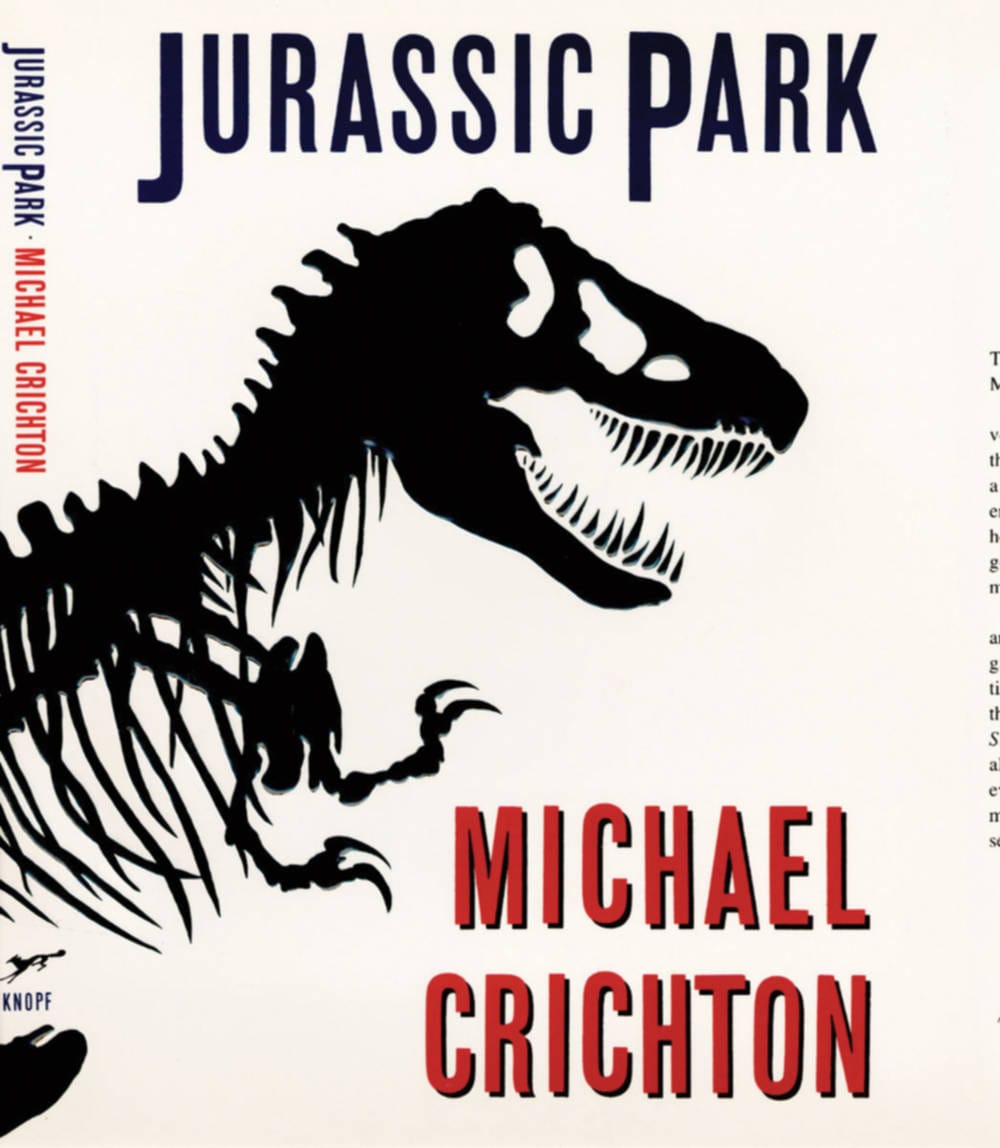
Many of the illustrators on this list have sunk into relative anonymity. Chip Kidd is certainly not one of these. His flamboyant conidence and marketing acuity have seen him rise to the top of Random House’s design team. An early work that cemented his reputation was his design for Michael Crichton’s fated publication Jurassic Park.
The design was so popular it came to represent the entire franchise that followed, including the three Hollywood films, making Kidd, we suspect, a very wealthy designer. Like many of Kidd’s covers the image is simple, striking and creepy. Kidd himself has said that “I’m very much against the idea that the cover will sell the book”.
Francis Cugat
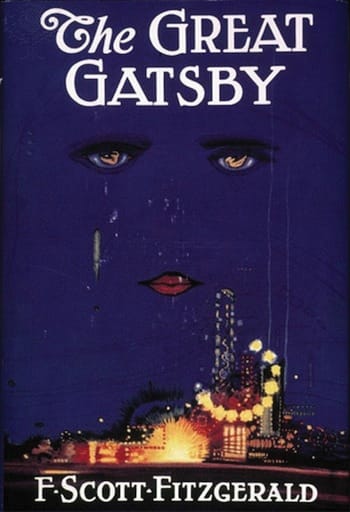
The painting for the first printing of F Scott Fitzgerald’s seminal work The Great Gatsby may be one of the few examples in history of book covers actually influencing the writing of the book. The highly symbolic illustration features a pair of female eyes beaming mournfully through a night sky. The eyes hide reclining nude figures and hover above a bright metropolitan carnival. Fitzergeral maintains that the image was written into the final draft of the book possibly in the image of Dr. T. J. Eckleburg billboard eyes.
Cugat went on to work on art for over 68 Hollywood films but it is for this work, the most widely disseminated cover art of the 20th Century.
Paul Bacon

Paul Bacon designed over 6500 book covers in his career. With a portfolio of that size one could argue that a big hit was inevitable. Bacon also illustrated for Jack Kerouac and John Cleever but it was his work for Joseph Heller’s Catch 22 this is considered by many to be the most memorable. Bacon was known for pioneering the “Big Book Look,” characterised by the title and author’s name in large, bold print, accompanied by a small conceptual illustration. He would work for around three weeks on each book, saying his skill lay in “finding something that would be a synthesis graphically of what the story was about”. His jazz record cover designs are also worth a look.
Maurice Sendak

Where the Wild Things Are has sold 19 million copies worldwide since its publication in 1956. This extraordinary success marks it as one of the most popular children’s book of all time.
Uniquely for this list, the illustration and writing are all the work of one man Maurice Sendak. Sendak includes Disney and Mozart amongst his influences yet his books were so visually striking these are difficult to justify. The story describes the escape of a small boy into a land populated with strange beasts, actually caricatures of his family.
Sendak famously refused to write a sequel, announcing just before his death in 2012 that this would be “the most boring idea imaginable”.








